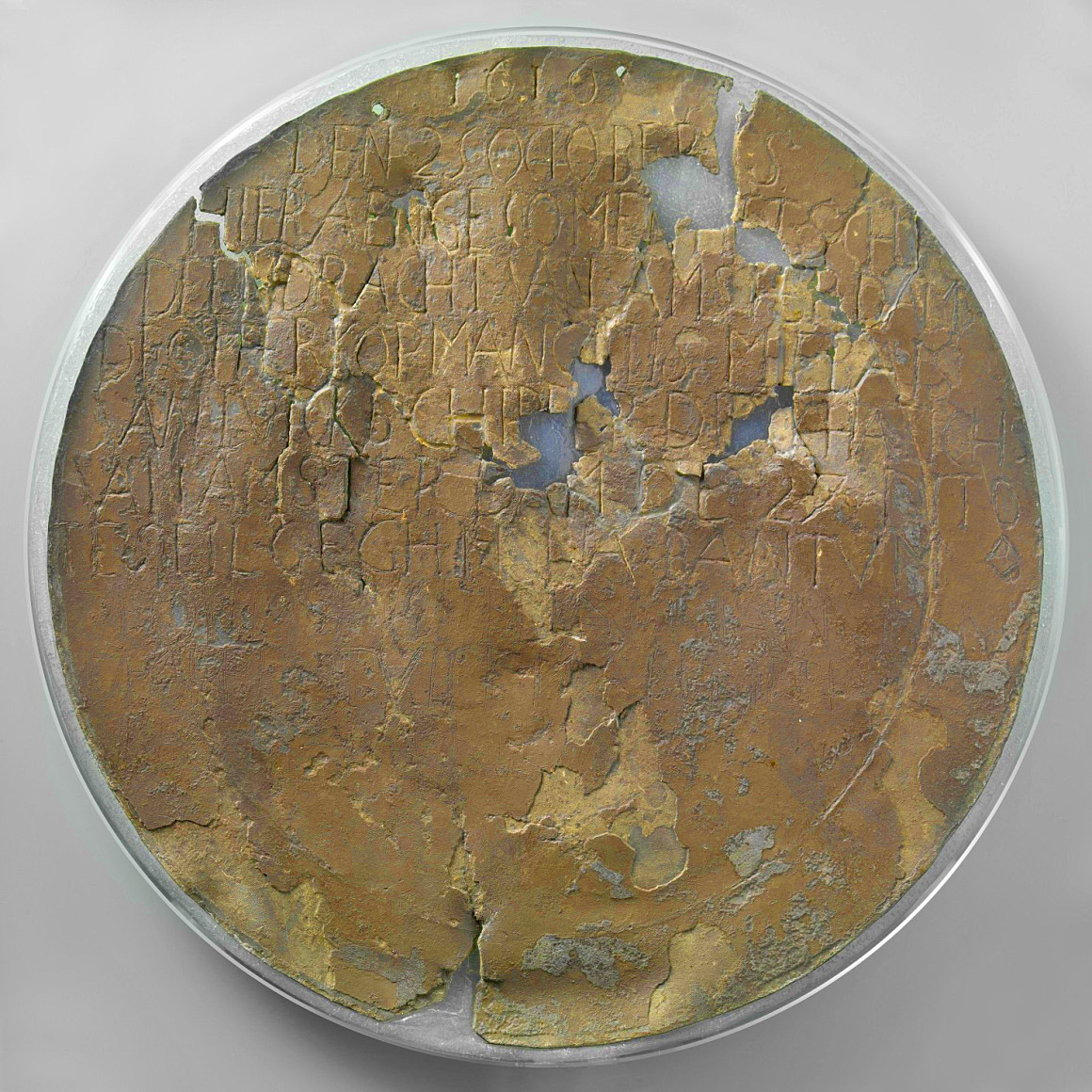Kim Tao, Commemorating Dirk Hartog’s chance encounter, Australian National Maritime Museum, Blog, 26 September 2016

Four hundred years ago, Dutch mariner Dirk Hartog (1580–1621) sailed into history when, on 25 October 1616, he made the first documented European landing on the west coast of Australia in the Dutch East India Company (VOC) ship Eendracht (‘Concord’ or ‘Unity’). Today his name is synonymous with the inscribed ‘Hartog plate’ that marked his landfall at Cape Inscription on Dirk Hartog Island in Shark Bay, Western Australia. This evocative pewter relic, now held in Amsterdam’s Rijksmuseum, provides tangible evidence of one of the earliest European encounters with the mysterious Terra Australis Incognita – the unknown southern land.
To commemorate the 400th anniversary of Dirk Hartog’s landing, the museum and the Netherlands Embassy and Consulate-General are hosting a lecture on Thursday 20 October by Dr Wendy van Duivenvoorde, Senior Lecturer in Maritime Archaeology at Flinders University and Deputy Director of the Australian Consortium of Humanities Research Centres. Dr van Duivenvoorde’s research focuses on ships of exploration and Indiamen, including the archaeological remains of Western Australia’s Dutch East Indiamen shipwrecks. Her presentation will examine Hartog’s life, his reputation and experience as an accomplished seafarer, and even suggests that he purposely navigated into Australian waters. It also investigates the archaeological and historical context of the Hartog plate, placing it in the broader setting of 17th-century Dutch seafaring activities.

